Grades of preservation of coins at a glance
Content
- Grades of preservation of coins
- Difference between bullion and collector coins
- What the price of collector and bullion coins depends on
- In what state of preservation are bullion coins tradable?
- The degrees of preservation in detail
- Difference between mint and polished plate
- List of the individual degrees of preservation and minting designations
- Polished plate (PP for short)
Grades of preservation of coins
The degree of preservation of a coin is intended to indicate how much it has already worn through in the course of time. Through these degrees of preservation, it can thus be seen at first glance whether a coin is already heavily used or looks almost new. For collector's items, it is of course important that they show as few signs of use as possible, because this increases the value of the coin.
However, since the conservation values are not standardized, there is a great deal of leeway here, which must be taken into account accordingly in the valuations. Sellers will naturally try to present their coins in the inventory as favorably as possible in order to achieve a higher selling price. Buyers, on the other hand, will usually find a more negative level of preservation when appraising items for sale, in order to pay as little as possible.
Difference between bullion and collector coins
The small but subtle difference can already be seen in the designation. Investment coins, e.g. Krugerrand, Britannia gold coins or Maple Leaf silver coins, are designed as hoarding media and their value is made up of material value and production costs. The material value of bullion coins is usually much higher than the minting / manufacturing costs. They are usually traded worldwide and their specifications are well known.
Collector coins, on the other hand, satisfy the collecting passion of numismatists and can also be considered a hobby. Since collectors also like to own rare coins from their collecting area, they often pay higher prices, which exceed the pure material value. One speaks here of the "lover prices". Partly also complex manufacturing processes are used whose costs exceed the material value.
What the price of collector and investment coins depends on
From the aforementioned circumstances, further dependencies arise with regard to the selling price.
The price of collector coins depends on:
- the available number of pieces
- the preservation
- and the ratio of supply and demand
It is often difficult to find a buyer for collector coins who is willing to meet the seller's price expectations. After all, someone must be found who has an interest in coins to the sometimes special collectible area and attaches at least the same value to the coin.
With investment coins however:
- there are usually unlimited quantities - their production volume depends on market demand
- the value is hardly dependent on the state of preservation, since they consist of precious metals and have a high material value
- the value changes with the price of precious metals: the gold coin increases by about 5 percent.
It can happen, of course, that with special motifs and rare vintages from bullion coins also become collector coins. But this happens rather rarely. Examples of this are certain vintages of the Vreneli or silver Kookaburra.
With us you acquire investment coins at favorable prices, collector's editions we do not offer.
In what condition are bullion coins tradable?
Bullion coins are like a currency, which is why you can compare the condition of a bullion coin with the condition of a banknote. Fresh from the central bank, a banknote is worth the same as a bill that has already passed through numerous hands. It is only withdrawn from circulation by the banks when it is very worn or damaged.
The advantage of a precious metal coin over a bank bill is that a coin made of palladium always retains its high intrinsic material value. A bullion coin that is no longer marketable is therefore simply melted down and recycled. Your potential loss due to deterioration of condition, for example because the coin has been dented in a fall, is limited to a buyer paying you only the melt value (= approximate material value) instead of a purchase price usual for tradable coins.
At repurchase of bullion coins is therefore only distinguished whether the coin is still tradable , so it can be sold again after inspection to a precious metal investor due to its good condition, or whether its coin condition is so poor that no buyer would accept it as new or bank standard and it must be classified as melt.
A bullion coin is tradable if:
- No deep scratches,
- No unacceptable edge damage,
- No serious optical impairments are present
- As well as dimensions, weight and fineness are correct
Are tolerated:
- Fingerprints (removable by a degreasing bath)
- Very small scratches / touch marks (these often occur during the minting of the coin)
- Very small edge defects
- Tarnished spots (patina formation is normal for silver coins )
This means for you, we buy back your coin also at the normal purchase price. Basically, we sell our coins in the condition "as new" or "mint".
The degrees of preservation in detail
In the conservation grade, there is a scale with fixed gradations to determine the condition of the coin, which can be expressed either in words or in abbreviations. In words, a coin can be described as "poorly preserved", "very fine" or "uncirculated", the corresponding abbreviations are ge, ss and unz. In addition, it is possible to indicate intermediate grades, where two grades of preservation are indicated with a hyphen.
Collectors can use this to recognize an average value between the two degrees of preservation. The same applies if the grades are marked with a minus or a plus, as this is also intended to increase the precision of the representation. Sellers who want to sell a coin, for example at an auction, should also highlight special features, because these are not always already taken into account in the degree of preservation. These include existing edge damage or holes, for example, if coins were worn on a chain. If a coin has been restored prior to sale, this must also be indicated accordingly.
Difference between hallmark and polished plate
As can be seen, the indication of the degree of preservation is very subjective. In addition, it must be noted that collectors naturally place higher demands on new, freshly minted coins than on coins that are already several hundred years old. Thus, it is quite possible to shift the scaling somewhat for older coins. In addition, it is possible to specify an existing coin more precisely by specifying "stamp gloss" or "polished plate". Both indications do not refer to the degree of preservation, but to the respective manufacturing process or the manufacturing quality.
If a coin is offered as a polished plate, it was produced from polished blanks, the so-called rounds, and minted with specially polished dies. This makes the coin surface appear reflective, while the coin motif is matte. In the mirror finish, the coin surface is also shiny, but no polished blanks are used in the manufacturing process. Although both types of production are visually almost indistinguishable, the prices for the respective coins can sometimes differ by several thousand euros.
Caution with the indication of degrees of preservation and quality features It is often difficult, especially for laypersons, to determine both the degree of preservation and the individual quality features correctly. However, as recent court rulings confirm, sellers are obliged to deliver the specified coins in any case. Thus, anyone who offers a coin in "polished plate" in his description, but only delivers "hallmark gloss", may have to compensate the buyer for the difference in value.
It should also be noted that coins should never be visually enhanced, for example by polishing. An experienced coin dealer or collector would recognize this immediately and may even value the coin worse than it actually is. It may therefore make sense to present the coins to a professional and have them evaluated before they are auctioned. Alternatively, of course, the sale can be made at the coin dealer at any time at the current conditions.
Listing of the individual grades and mint designations
In the following, the individual degrees of preservation and mint designations are described in more detail. This list makes no claim to completeness, but should give a first insight into the different quality grades of coins.
Polished plate (short PP)
The term PP does not refer to a grade of preservation, but only to the minting technique. Before the minting process, not only the dies but also the coin blanks are polished, and at the same time the pressure is increased during the minting process. To prevent damage, the dies are replaced regularly, and in addition, the minting process usually takes place in a dust-free clean room atmosphere. Finally, the finished coins are individually packaged, which significantly increases the cost of their production. Since the costs are higher, this process is generally used only for collector coins; the expense would be too high for circulation coins. This can also be seen in the comparatively higher selling prices, which often exceed the value of the raw material many times over.
In English usage, coins in polished plate are often further specified to describe the appearance in more detail:
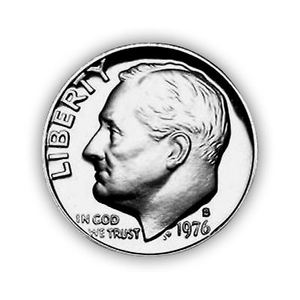 |
Bright Proof or Unfrosted Proof |
These coins shine all around, matte areas are not to be found. However, this minting technique is not used in Germany. |
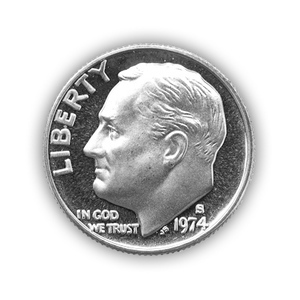 |
Frosted Proof or Cameo Proof |
In Germany, the coins are rather sold as Frosted Proof. With these coins, the coin motif is often treated with a sandblasting process and thus appears matte. Alternatively, there are coins where only the motif is shiny, but the background is matte. These coins are often referred to as reverse proof. In addition, the term Matte Proof is often used. On these coins, the surface of the coin is matte or satin. For a special eye-catcher, different minting techniques are sometimes combined, as with the British RoyalMint from 2003. |
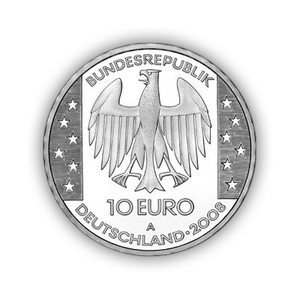 |
Mirror finish (spgl. for short) |
Just like the term "polished plate," mirror finish also refers to a special minting technique. Here, the coin blanks are processed directly; no prior polishing takes place. However, the difference is often not directly recognizable, which is why both processes are sometimes referred to as PP. |
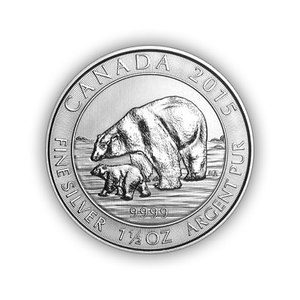 |
Stamp gloss (stgl.) |
Stamp gloss is one of the grades of preservation. It denotes a freshly minted circulating coin, usually made for collector purposes. Similar to PP coins, attempts are made to avoid damage as much as possible during production. Therefore, they are also removed by hand and immediately packaged. The prices for these coins are somewhat higher compared to circulation coins, which are usually ejected by machine. |
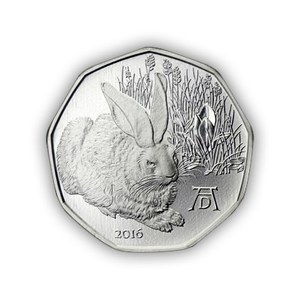 |
Hand lifted (hgh.) |
Hand lifted is the term used to describe coins that have been taken out by hand during production, similar to the mint finish. However, this designation is not found everywhere, often it can be discovered only on Austrian special qualities. |
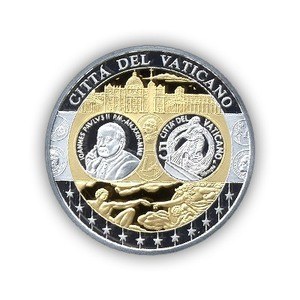 |
First strike (EA) |
Only the first 100 coins that are produced with a fresh die are called first strikes. Since the dies are still new in this production, the relief of the coins is particularly pronounced. The further coins not infrequently show minimal changes, which can affect the quality. However, these changes are often only discovered by experienced collectors, they are not visible to the naked eye. |
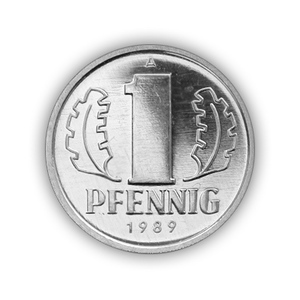 |
Export quality |
This quality feature is found exclusively on coins that were produced at VEB-Münze Berlin, the state mint of the former GDR. These coins were shrink-wrapped immediately after minting and sold to capitalist foreign countries. |
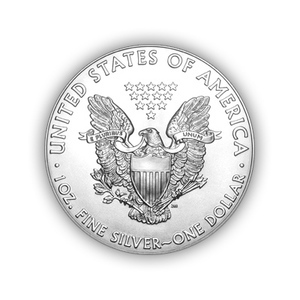 |
Collector's design |
These are coins for collectors, but unlike stamped mint, they are not taken out by hand. Rather, they are taken from the pile of produced coins and are rolled or packaged only afterwards. Minimal damage can therefore not be ruled out. |
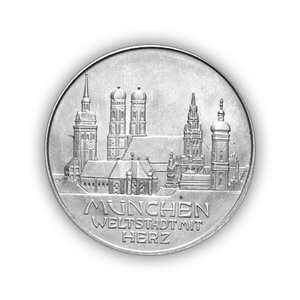 |
Bank Fresh |
The term "fresh from the bank" refers to coins that are delivered to banks immediately after they are minted. Normally, these coins are not packed individually, but are transported in bags. The slightest damage during transport, which can be caused by friction between the individual coins, can reduce the value of the coin. |
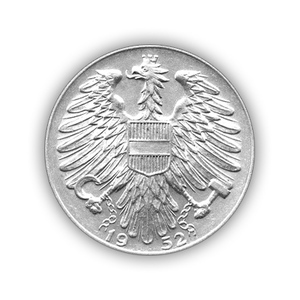 |
Excellent (vzgl.) |
Freshly minted circulation coins that already contain the smallest circulation marks are referred to as excellent. It is important to note, however, that the edges of the coins must be intact and have no nicks. |
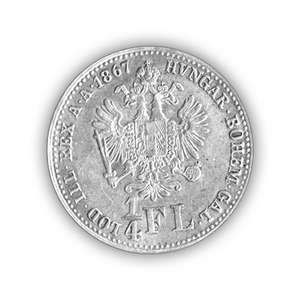 |
Very fine (ss.) |
The grade "very nice" is used when a circulation coin already shows clear circulation marks. Collectors often use this grade as the lowest limit, because in these cases, for example, the imprinted lettering is already slightly rounded. The same applies to smaller details that were also applied with sharp edges. However, this degree of preservation does not take into account existing nicks, abraded areas or even scuffs. These would have to be indicated separately and explicitly mentioned in the product description. |
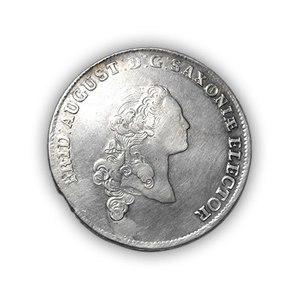 |
Very well preserved, beautiful (s.) |
Clearly used coins are offered with the grade "beautiful". These coins may already show edge damage, however, scuffs and nicks must be named separately here as well. Very well-preserved coins are usually accepted by collectors only for historical pieces when no other coins are available. |
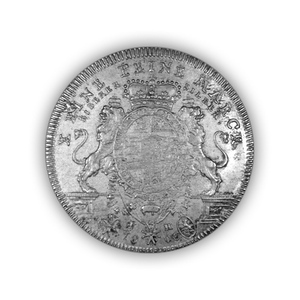 |
Well preserved |
Although the designation "well preserved" leads one to expect a visually appealing coin, this one already has clear signs of wear. However, the coin design is still recognizable. |
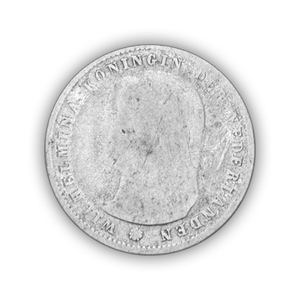 |
Poorly preserved |
The worst grade of preservation to which a coin can be assigned. Due to the already heavy traces of use, it is often only just recognizable here which coin is currently offered. |






